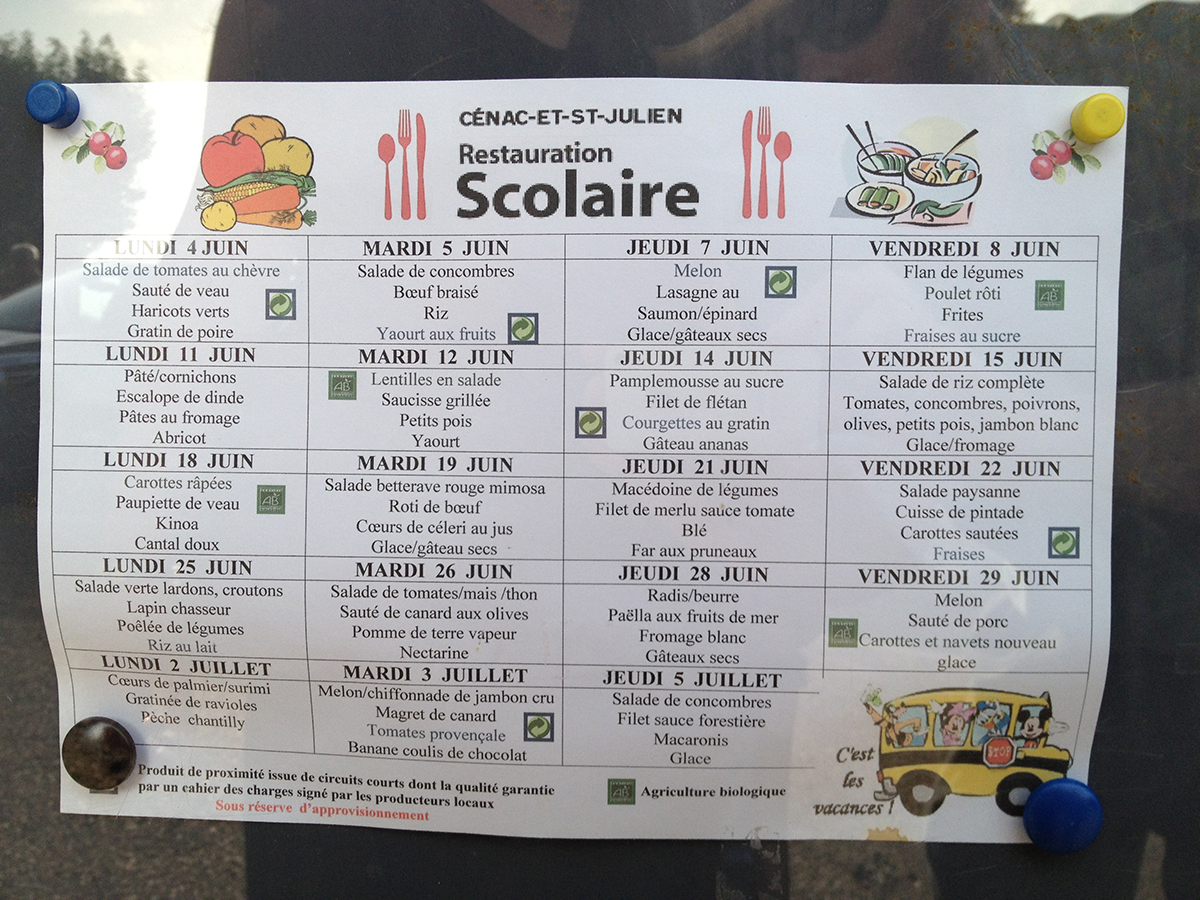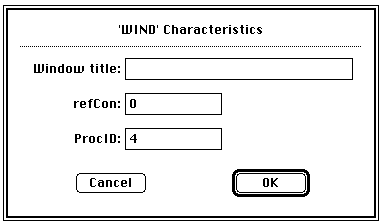
We are staying in a tiny village of Cenac, in a beautiful Dordogne Valley in France — the valley of foie gras (duck liver). The other day, when we went out for dinner in a local restaurant, we saw a great little item on the Child’s Menu: foie gras! Imagine a duck liver pate on a child’s menu anywhere in US? Here, it’s a common item — if not duck liver, than some other pate is often on the menu for kids. Check out the photo we took of the elementary school menu, posted on the door of the school: Notice the rabbit, duck, olives, salad and vegetables, and, of course, the pate on the menu! I think the families and children in this small village would be shocked by the menu offerings at our schools in San Francisco! This is a cultural difference! Cultural differences affect how we think about problem solving — how we approach the problem and how we go about looking for solutions. Consider a few images below. They are from India and show a cultural difference in imaginative solutions to every day problems: The motorcycle bus and the home-made flotation device show creativity within a…





